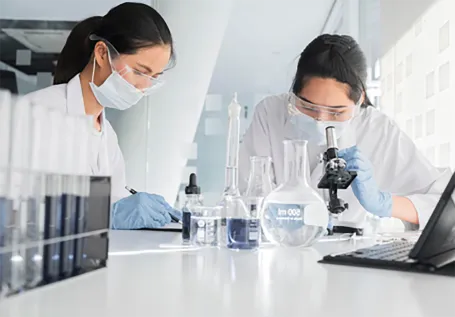The Presence of Chemicals in Sewage Water Implications and Solutions
Sewage water, a byproduct of urbanization and industrialization, has become a major concern for environmentalists and public health officials alike. Its composition is varied and complex, often containing a cocktail of chemicals that can pose serious risks to ecosystems and human health. Understanding the types of chemicals found in sewage water and their potential impacts is critical for developing effective management strategies.
Composition of Sewage Water
Sewage water originates from multiple sources, including households, industries, and storm runoff. As a result, it contains organic matter, pathogens, and a vast array of chemicals. Commonly identified chemicals in sewage water include pharmaceuticals, personal care products, heavy metals, nutrients, and microplastics.
1. Pharmaceuticals and Personal Care Products (PPCPs) These include substances such as antibiotics, hormones, and analgesics, which are often not fully metabolized by the body and are excreted through urine. When sewage enters water bodies, these chemicals can disrupt aquatic ecosystems, leading to adverse effects on wildlife and potentially entering the food chain.
2. Heavy Metals These toxic elements, including lead, mercury, and cadmium, can originate from industrial discharges and household waste. The presence of heavy metals in sewage water poses significant risks to aquatic organisms and can contaminate drinking water supplies, leading to serious health issues in humans.
3. Nutrients Nitrogen and phosphorus, often found in fertilizers and detergents, can accumulate in sewage water. Although these substances are essential for plant growth, their excessive presence can lead to eutrophication in water bodies. This process results in harmful algal blooms, which deplete oxygen levels and negatively impact aquatic life.
4. Microplastics As plastic use continues to rise, fragments of plastics have increasingly been found in sewage systems. Microplastics can absorb other harmful chemicals and are ingested by aquatic animals, which poses risks not only to marine life but also to human health through the consumption of contaminated seafood.
Consequences of Chemical Pollution in Sewage Water
chemicals in sewage water

The ramifications of the chemical contaminants present in sewage water are widespread and concerning. For aquatic ecosystems, the introduction of these substances can lead to bioaccumulation, where organisms absorb toxic chemicals faster than they can be eliminated. This ultimately disrupts the food web and may result in population declines of sensitive species.
Moreover, these chemicals can also affect human health. Contaminated water sources can expose communities to harmful substances, increasing risks for various health issues, including hormonal disruptions and acute poisoning caused by heavy metals. The treatment processes for sewage water may not always effectively remove all contaminants, leading to environmental dispersal of these chemicals.
Strategies for Mitigating Chemical Contamination
To address the challenges posed by chemical pollutants in sewage water, a multi-faceted approach is required
1. Improved Wastewater Treatment Upgrading existing treatment facilities to include advanced filtration and chemical removal technologies can enhance the efficacy of sewage treatment. Techniques such as membrane bioreactors and activated carbon adsorption can better filter out harmful substances.
2. Regulatory Measures Implementing stricter regulations regarding the discharge of hazardous materials into sewage systems can help mitigate the presence of heavy metals and pharmaceuticals. Monitoring industrial discharges and household waste can significantly reduce chemical contamination.
3. Public Awareness and Education Raising awareness about the impact of household products on sewage systems can encourage individuals to adopt greener choices. Promoting the proper disposal of medications and reducing single-use plastics are essential steps toward reducing chemical load in sewage.
4. Buffer Zones and Natural Treatment Systems Constructed wetlands and buffer zones can act as natural filters, improving water quality before it enters water bodies. These systems can effectively reduce nutrient levels and provide habitats for wildlife.
In conclusion, the presence of chemicals in sewage water poses significant challenges that require urgent attention. By implementing improved wastewater treatments, enforcing regulations, and enhancing public awareness, we can mitigate these threats and protect both our environment and public health. Addressing this issue is not just a responsibility but an essential step towards a sustainable future.

